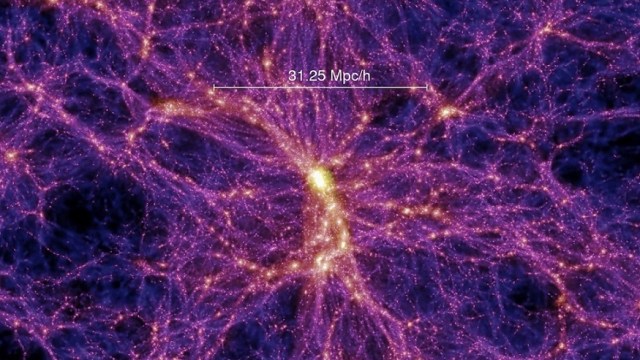We’re way below average! Astronomers say Milky Way resides in a great cosmic void
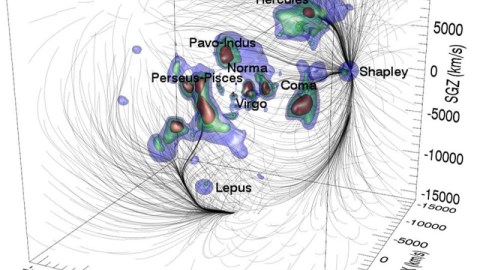
What we think of as our average region of the Universe might not be average at all.
“No matter what technique you use, you should get the same value for the expansion rate of the universe today.” –Ben Hoscheit
If you went to give our cosmic address, you might tell someone that we lived on planet Earth, orbiting our Sun, on the outskirts of a spur of the Milky Way’s spiral arms, in the second largest galaxy in our local group, about 50 million light years from the Virgo Cluster, embedded within the Laniakea supercluster. Well, you might have to add another line to that address, as Laniakia, along with dozens of other nearby giant clusters, is all embedded within a great cosmic void stretching a billion light years from end-to-end. This below-average region of space is consistent with everything we observe, supported by new observations presented at this week’s American Astronomical Society meeting, and just might provide the solution to one of the Universe’s greatest discrepancies.
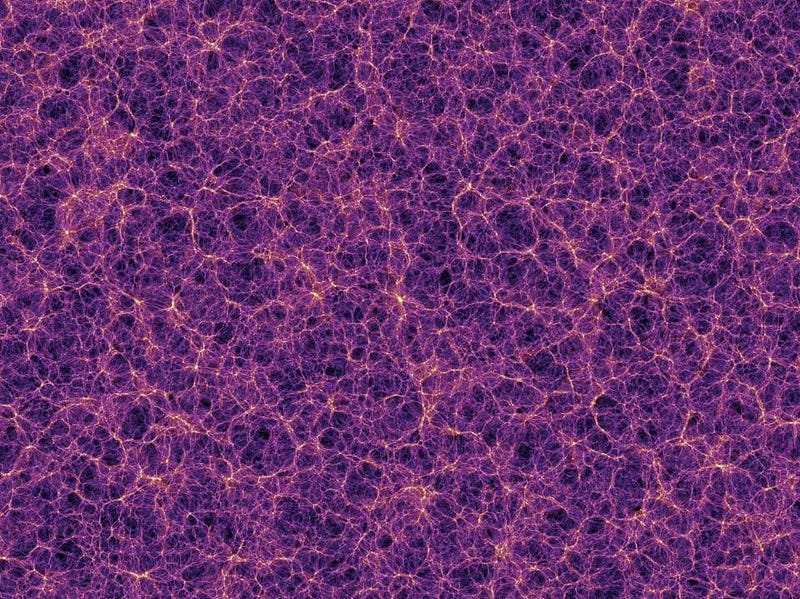
On the largest scales, the Universe is uniform, with equal amounts of matter and energy everywhere. If you drew an imaginary sphere a few billion light years wide around any point and measured the total amount of mass inside, you’d get the same number everywhere, to about 99.99% accuracy. But if your sphere were smaller, you’d see you’d start to get different numbers in different locations. Gravitation pulls matter into filaments, groups and clusters of galaxies, and steals matter away from less dense regions, creating great cosmic voids.
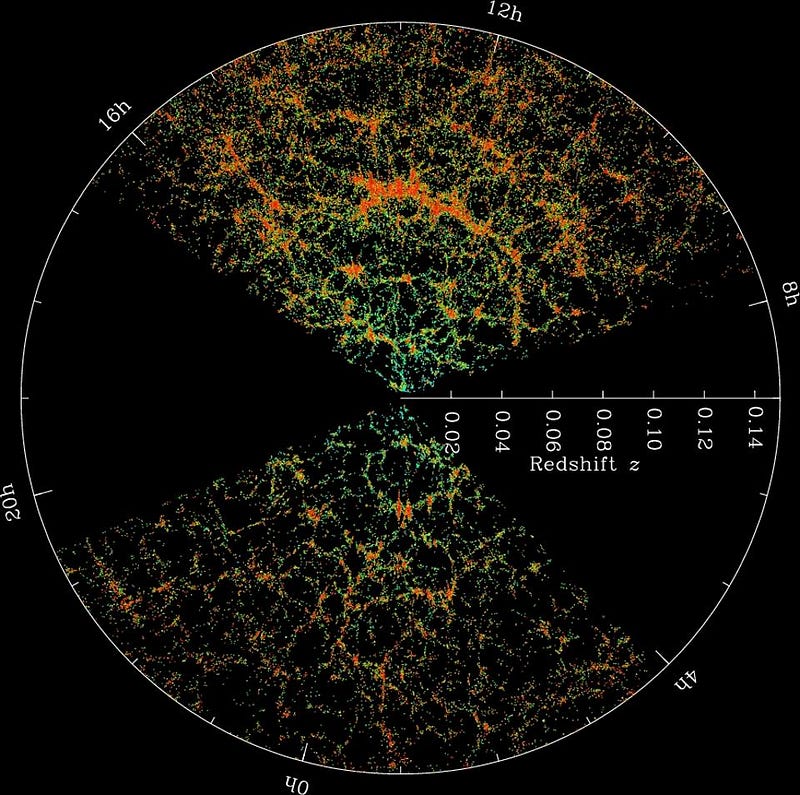
Today, matter in the Universe is distributed like a combination of a spider web and swiss cheese. The “holes” in the Universe are stupendous, with some stretching tens of millions of light years across before you run into any galaxies at all. On the other hand, there are places where filaments intersect — a great nexus in the cosmic web — that correspond to the locations and existences of ultra-large galaxy clusters, some of which contain many thousands of times the mass of our galaxy.
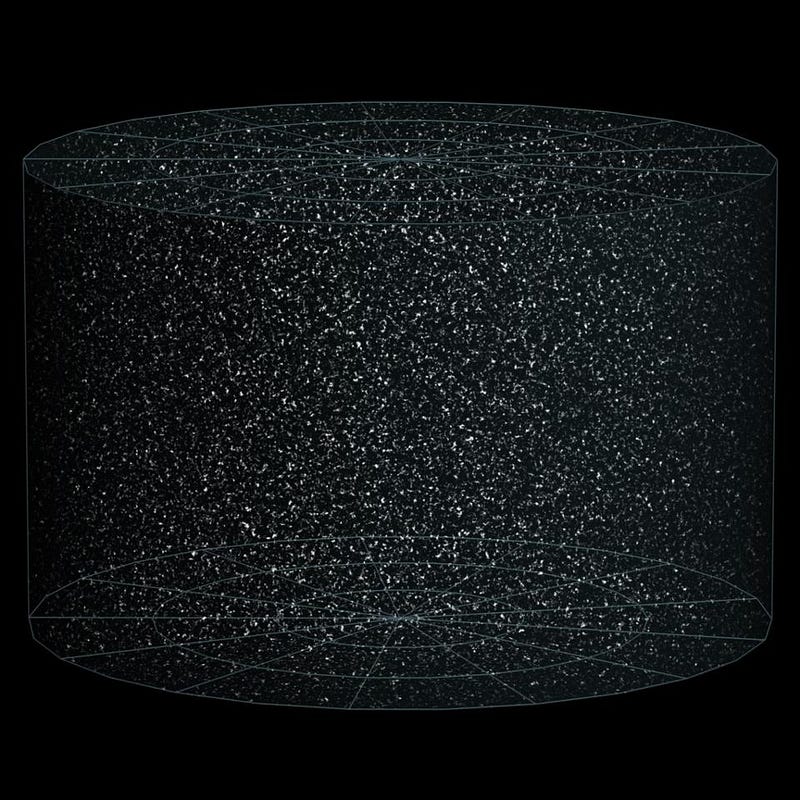
But in between scales where there are huge density differences and those where the density averages out to the same number every time, something interesting is happening. On scales ranging from about half a billion to three billion light years in diameter, you might find that two different regions that look very similar on the surface — containing voids and clusters, filaments lined with galaxies, multiple “swiss cheese” holes, etc. — might actually differ in their overall densities by about 20% or more. Without doing a very large, detailed survey of a very large set of regions in the Universe (e.g., going well beyond billions of light years), you’d have no way to know for certain whether you lived in one or not.
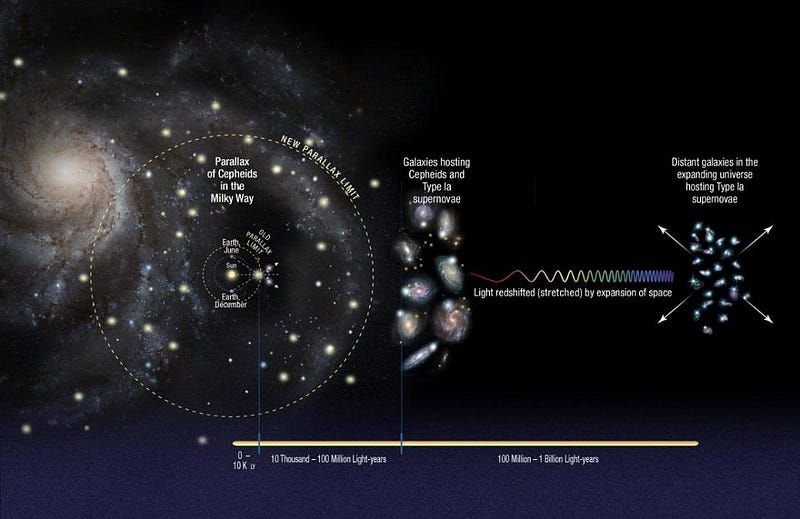
But there would be a hint. If you lived in an overdense region, even one that looked very much like an average region in every other respect, you’d find that there would be one thing that looked weird: the expanding Universe. Because you had more matter than average where you were, the galaxies nearby would mutually gravitate more forcefully, and the expansion rate of the Universe would appear slower for you. If you looked to very large, distant scales, the expansion rate would appear normal again, but right where you are, you’d measure it to be lower-than-average. Any technique that only relied on nearby measurements — things like parallax, cepheids, or even most supernovae — would give you that skewed result.
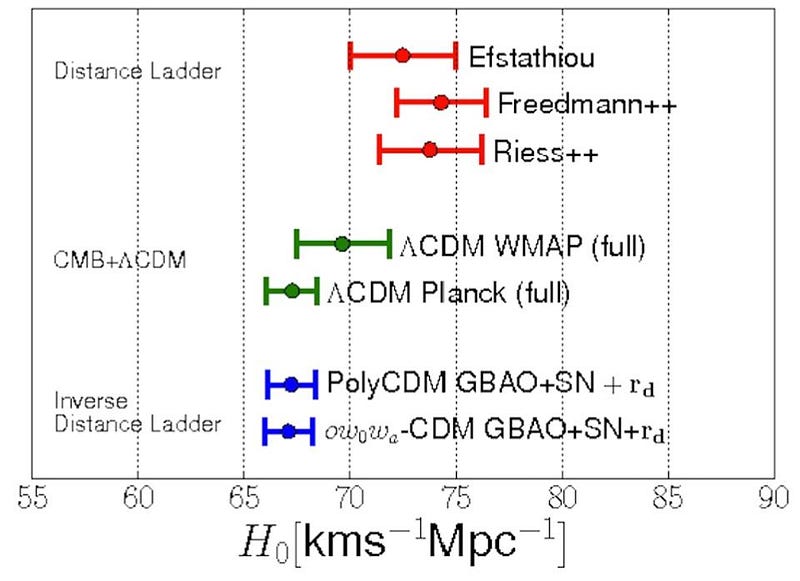
On the other hand, if you lived in an underdense region, your local neighborhood of space would gravitate less strongly than average, and the expansion rate would appear greater (higher) for you. We’ve noticed this exact problem in our measurements for a few years now: if we try and measure the expansion rate using these cosmic distance ladder techniques, we find that the Universe expands about 5–10% more quickly than other methods indicate. If we use data from the cosmic microwave background or from the large-scale clustering of the Universe, we get a value for the Hubble expansion rate of 67–68 km/s/Mpc, while relatively nearby galaxies show a rate that’s more like 72–75 km/s/Mpc.
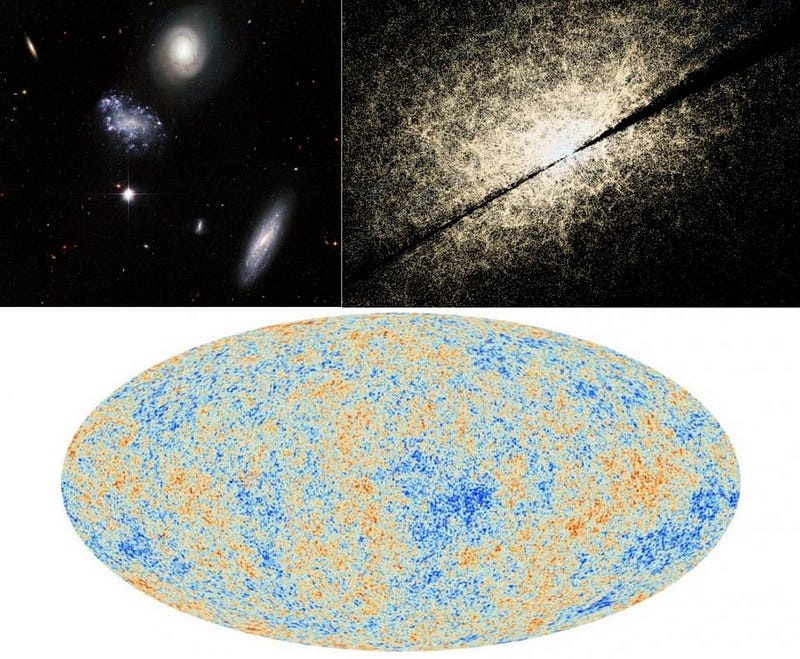
According to research carried out by Amy Barger’s team at University of Wisconsin-Madison, the void that contains our Milky Way is huge, spherical, and contains not only our own local supercluster but many superclusters beyond that. Although simulations predict voids ranging from tens of millions of light years up to a few billion, our measurements haven’t gotten good enough to measure the largest voids precisely. With a radius of roughly one billion light years, the void containing our Milky Way, known as the KBC void (for scientists Keenan, Barger, and Cowie), is the largest confirmed void in the Universe.
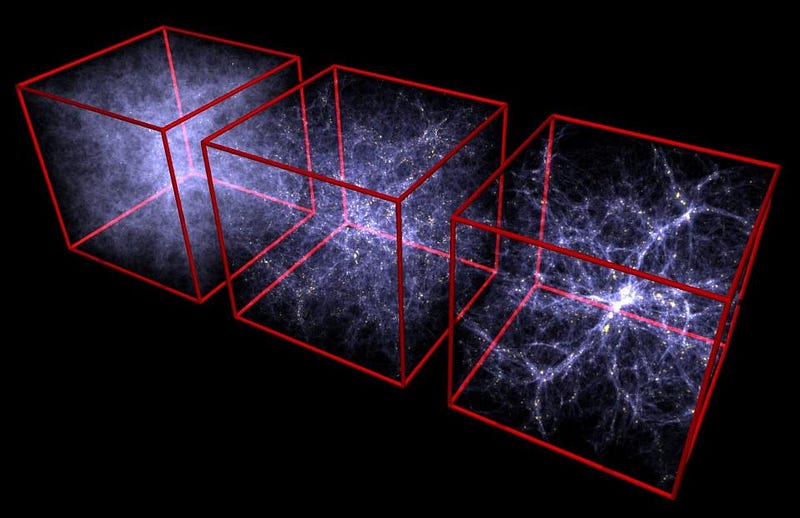
According to new research presented by Ben Hoscheit at this week’s American Astronomical Society meeting, this void is entirely consistent with being large, spherical, and containing the Milky Way within a few hundred million light years of its center. Amy Barger put this new confirmation in context:
“It is often really hard to find consistent solutions between many different observations. What Ben has shown is that the density profile that Keenan measured is consistent with cosmological observables. One always wants to find consistency, or else there is a problem somewhere that needs to be resolved.”
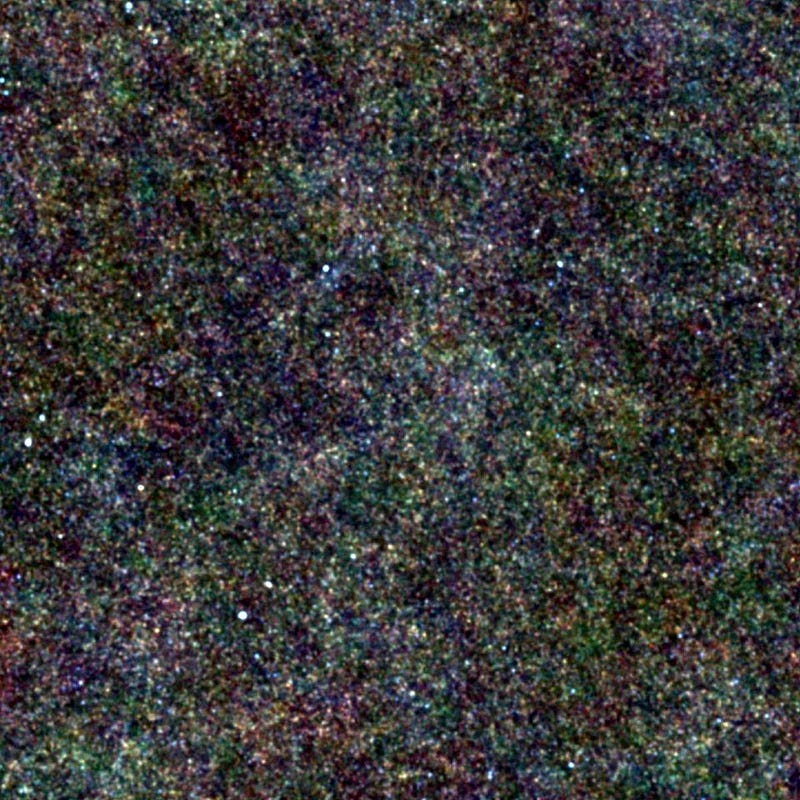
If there weren’t a large cosmic void that our Milky Way resided in, this tension between different ways of measuring the Hubble expansion rate would pose a big problem. Either there would be a systematic error affecting one of the methods of measuring it, or the Universe’s dark energy properties could be changing with time. But right now, all signs are pointing to a simple cosmic explanation that would resolve it all: we’re simply a bit below average when it comes to density.
Ethan Siegel is the author of Beyond the Galaxy and Treknology. You can pre-order his third book, currently in development: the Encyclopaedia Cosmologica.





